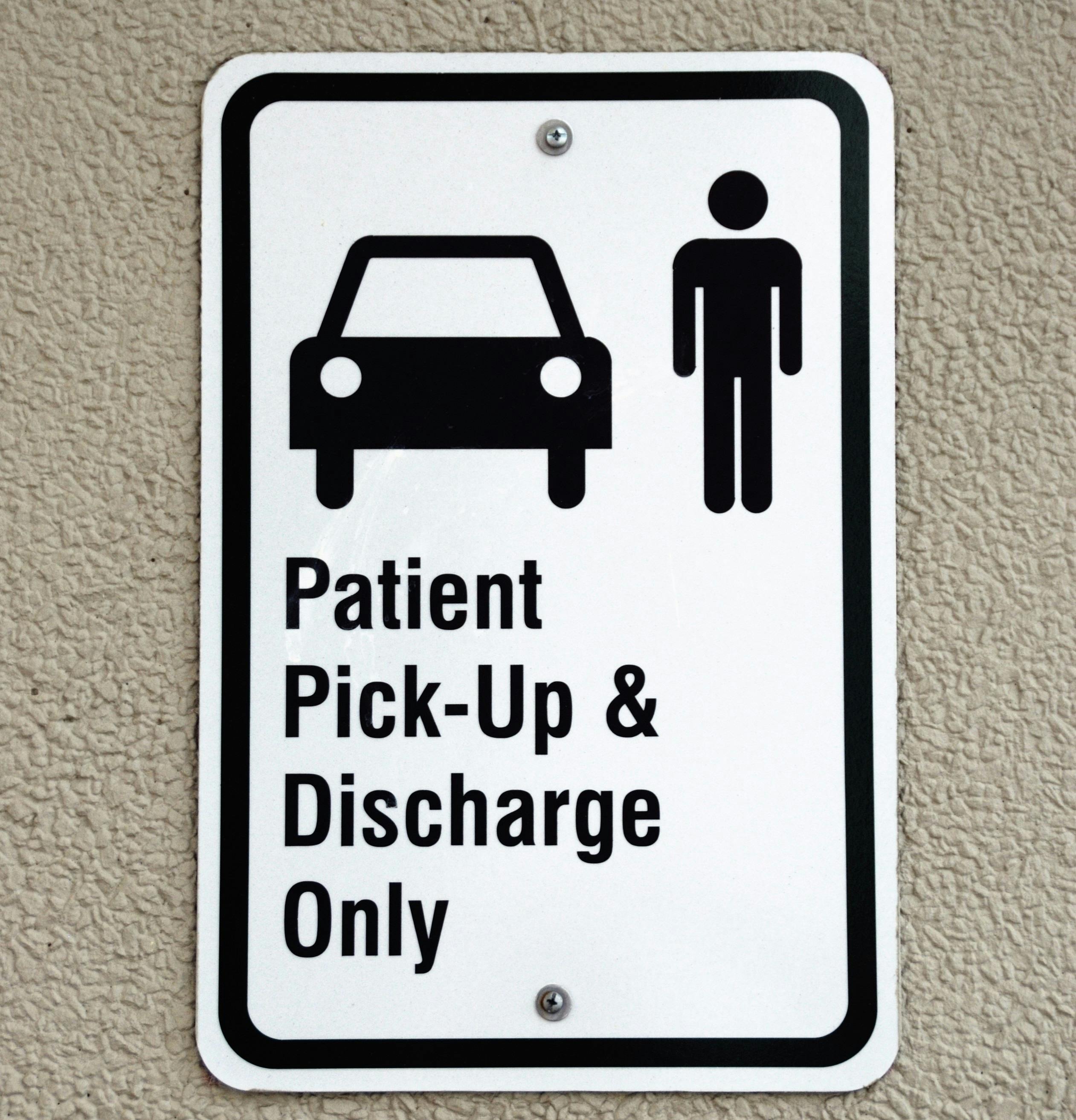Using Transportation Demand Management to Enhance the Patient Experience

Unlike businesses, cities, or universities, hospitals have a unique patient audience to serve. Improving the health and well-being of every patient and their loved ones is at the core of any great medical institution. Whether visiting once or weekly, the system for patient outreach, education, transportation, reception, care, and departure must work flawlessly.
Patients have many options when they look for medical care, removing barriers around transportation helps eliminate one stressor from an already stressful time. Prior to arrival, direct communication to a patient via phone and email; web resources on their upcoming experience; and a comprehensive phone-based app can help set expectations and answer initial questions.
When a patient decides to travel for care, Transportation Demand Management practices can be used to improve the journey. If a flight is required, a hotel shuttle or local transit system can help save a car rental and the associated navigation in an unfamiliar place. Similarly, for nightly accommodations a hospital shuttle system, transit, bike share, or other mobility option can help deliver a patient to the front door car-free. For patients who choose to drive, an off-site welcome center can be used to receive patients and a formal shuttle with a docent can help answer questions along the journey. Furthermore, hospitals should provide more accessible parking stalls than the required ADA minimums.

Upon arrival, patients should be met with clear wayfinding along with signage to confirm the correct choice was selected. Creating a culture of assisting patients and new employees with directions who appear lost helps continue to lower stress. To meet immediate physical needs, abundant seating and restroom facilities along the journey should be provided. Finally, making the physical space work well for mobility aids is critical. An example would be using hard surfaces rather than carpet for wheelchair movement to greatly reduce pushing strain.
During the appointment, any next steps should be clearly provided verbally and via a phone-based app. This helps set expectations for travel times and the total duration of the visit. For the patient and their loved ones, the dining experience and activities to pass the time can be a welcome relief. Additionally, being able to easily exit and return to the hospital midday provides pause. Having reflection spaces and other more traditional commuter amenities can also meet the patient's needs as it would an employee.
Once the day’s activities have concluded the same clear wayfinding should help direct patients to the exit and their preferred mode of transportation. Patient mobility metrics and technology such as RFID wrist bands can be used to deliver personal vehicles, a shuttle ride, or locate other transportation options just as the patient reaches the exterior doors. If desired by the organization, patient parking can be validated with the department they visited before departure to accelerate leaving. With the rise in telemedicine and AI processes, aspects of healthcare may be completed in an increasingly remote fashion. Whether is it at the forefront of operations or a work in progress, Transportation Demand Management principles are influential in many hospital practices that contribute to an exceptional patient experience.

